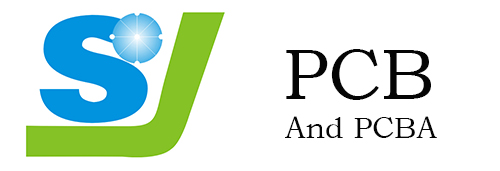If we compare PCB single-sided boards with PCB multi-layer boards, we can see the difference through the surface without discussing the internal quality. These differences are very important to the durability and functionality of the PCB over its lifetime. The main advantages of PCB multilayer boards: This kind of circuit board is resistant to oxidation. Various structures, high density, and surface coating technology ensure the quality and safety of the circuit board, which can be used safely. The following are the important characteristics of high-reliability multilayer boards, that is, the advantages and disadvantages of PCB multilayer boards:
1. The copper thickness of the hole wall of the PCB multilayer board is normally 25 microns;
Pros: Enhanced reliability, including improved z-axis extension resistance.
Disadvantages: But there are also certain risks: in actual use, during blowing or degassing, electrical connectivity during assembly (separation of inner layers, cracking of hole walls) or the possibility of failure under load conditions question. IPC Class2 (the standard of most factories) requires PCB multi-layer board copper plating to be less than 20%.
2. No solder repair or open circuit repair
Advantages: Perfect circuit ensures reliability and safety, no maintenance, no risk.
Disadvantages: PCB multilayer boards are open if not properly repaired. Even with proper fixation, there may be a risk of failure under load conditions (vibration, etc.), which could lead to failure in actual use.
3. Exceeding the cleanliness requirements of the IPC specification
Advantages: Improving the cleanliness of PCB multilayer boards can improve reliability.
Risks: Residues on terminal boards, build-up of solder poses a risk to the solder mask, ionic residues pose a risk of corrosion and contamination of the soldered surface, which can lead to reliability issues (poor solder joints/electrical failure) and Ultimately increasing the probability of actual failures occurring.
4. Strictly control the service life of each surface treatment
Pros: Soldering, reliability and reduced risk of moisture intrusion.
Risks: yes the surface treatment of old PCB multilayer boards may cause metallographic changes, there may be solderability problems, and moisture intrusion may cause problems during assembly and/or practical use of delamination, separation of inner and wall walls ( open circuit) etc.
Advantages and disadvantages of pcb multilayer board
Whether it is in the manufacturing and assembly process or in actual use, PCB multilayer boards must have reliable performance. Of course, this has a certain relationship with the equipment and process technology level of the PCB board factory.



